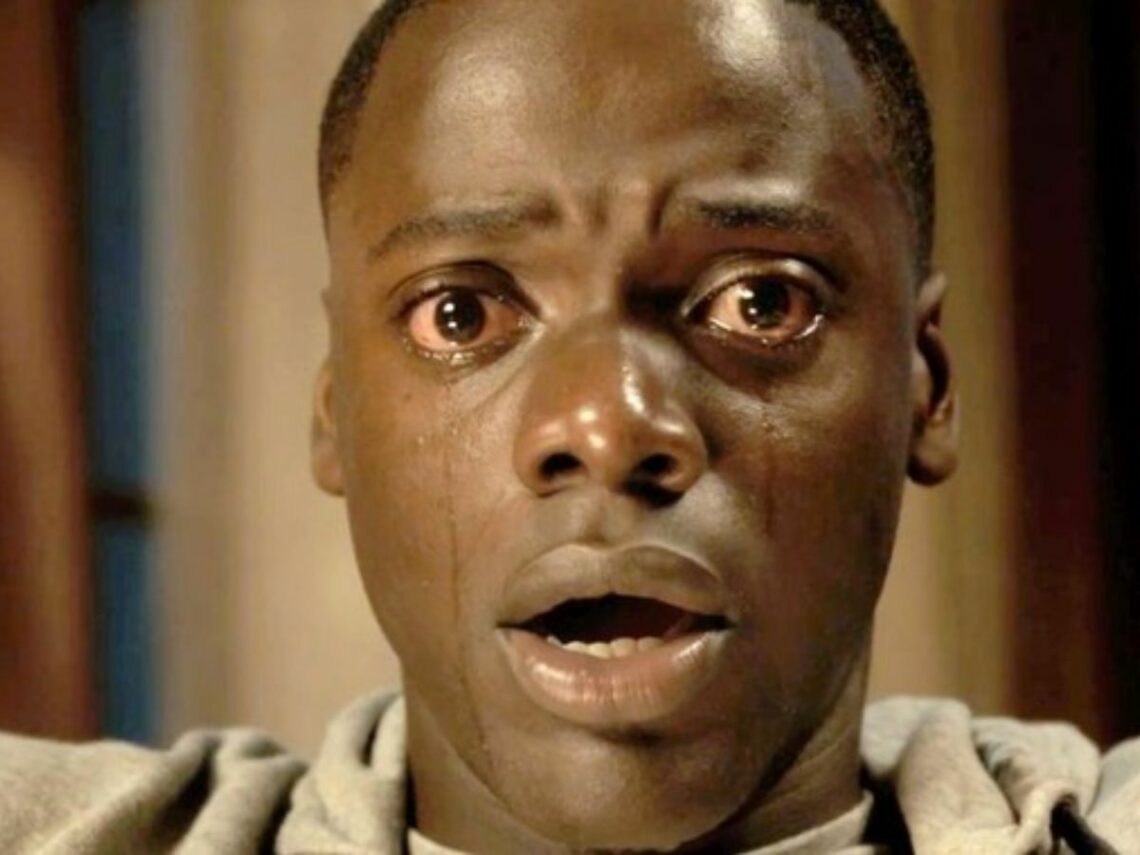
Jordan Peele’s ‘Get Out’ ending explained: Why does Walter kill himself?
Jordan Peele’s satirical horror movie Get Out paints a bone-chilling picture of racial politics in the United States, introducing us to the director’s signature style. Just as he does with his subsequent directorial features Us and Nope, Peele offers up a warped dystopian vision of modern society through the lens of horror filmmaking, repurposing various classic horror tropes for a new form of social commentary.
Everything from Rosemary’s Baby to The Amityville Horror gets its due in Get Out. The events of the movie take place at the archetypal colonial-era mansion, which is dangerously isolated in a remote woodland area of Upstate New York. There, a mysterious and secretive group of elderly guests gathers for reasons initially unknown. Before it becomes clear that the family living in the mansion – the parents of protagonist Chris Washington’s girlfriend – are effectively a white-supremacist Dr Frankenstein and an equally depraved hypnotist, who sell the bodies of black people to rich white clients approaching death’s door.
Chris seemingly discovers the truth too late, once he’s already been lined up as the family’s next victim. He’s strapped to a chair in the mansion’s basement while the art dealer Jim Hudson’s, who’s planning to have his brain transplanted into Chris’ body, explains the process to his prospective victim. When it’s time for the transplant to begin, Missy, the hypnotist mother of Chris’ girlfriend Rose, attempts to put him under. It doesn’t work, though, as Chris has stuffed his ears with cotton so that he can’t hear the hypnotic sounds and words she’s using. This plot point doubles up a satirical metaphor for the historical role of African-American slaves in the US economy.
Instead, he bludgeons Rose’s brother to death as he comes to take him to the operating theatre, before impaling her brain surgeon father on a stuffed stag head’s antler. Finally, he does away with Missy, and flees the house, as Rose shoots at him from a distance.
And what about Walter?
At this point, Rose calls on her grandfather, whose brain’s been transplanted into the body of the family’s black groundskeeper Walter, to chase a wounded Chris down. In his lifetime, the family patriarch had been a sprinter who developed racist sentiments after being defeated by black Olympian Jesse Owens. He easily outruns Chris, and the two grapple on the ground. At this moment, Chris remembers that the flash on his phone camera had previously disturbed another victim of the brain transplant procedure, allowing them to regain some form of consciousness for a short time. As Hudson had told him during his video explanation, “A sliver of you will still be in there somewhere, limited consciousness.”
Chris aims his phone at Walter’s eyes and presses, causing his camera to flash. Walter immediately stops attacking Chris, stands up, and asks Rose for her gun. Rather than shooting Chris, however, he shoots her, before turning the weapon on himself. In this moment, the remaining sliver of Walter’s own consciousness has returned, overriding the brainpower of Rose’s grandfather and allowing him to control his own body again.
For the first time in the film we see the real Walter, acting of his own free will to take his revenge on Rose and save Chris. But ultimately, saving Chris also means killing himself because when the effects of the photo flash subside, his body will be returned to the control of the family’s racist patriarch.
The motif of a photo flash may seem on the surface like a convenient technicality on which the plot hinges, yet even in this aspect of the story, Peele’s ingenious use of extended metaphors doesn’t go amiss. When he’s not trying to escape the clutches of his girlfriend’s racist brain surgery cult, Chris works as a photographer.
In fact, the part played by photography in the movie serves as a mirror image of Peele’s own role, as a black filmmaker shedding light on racial injustice through his innovative approach to the horror genre. If Peele’s visual art can provide a shock of light to stun people to their senses, even for a short time, then the writer-director might be able to change collective consciousness, especially among black audiences.